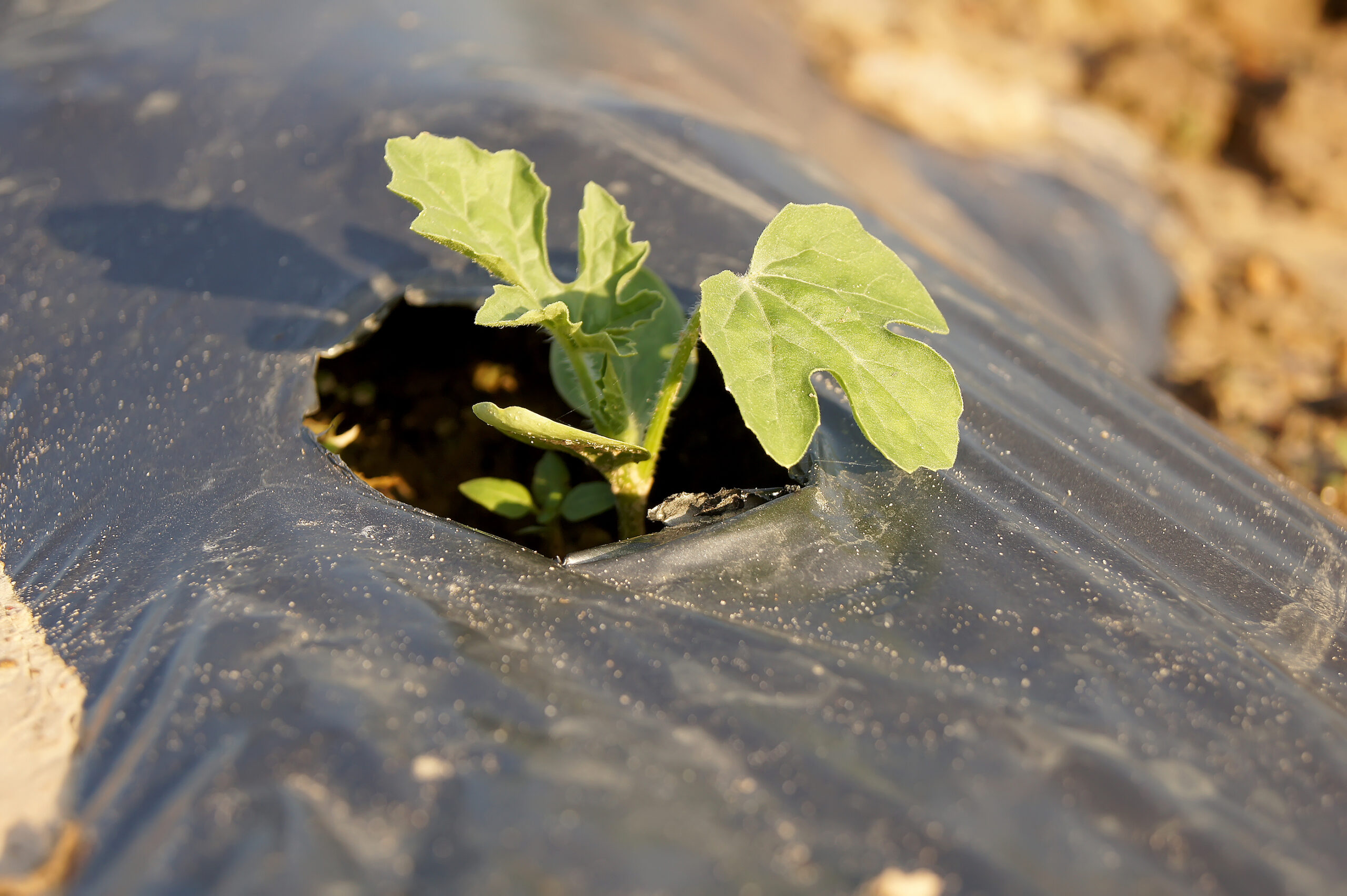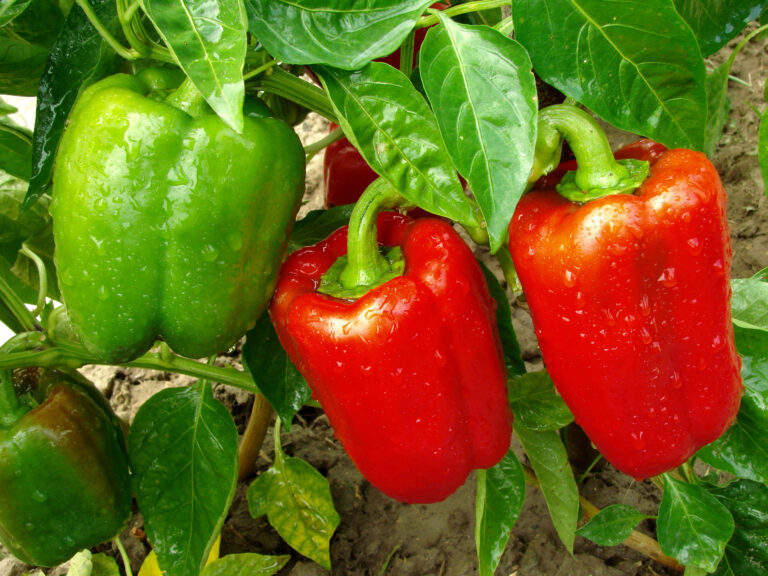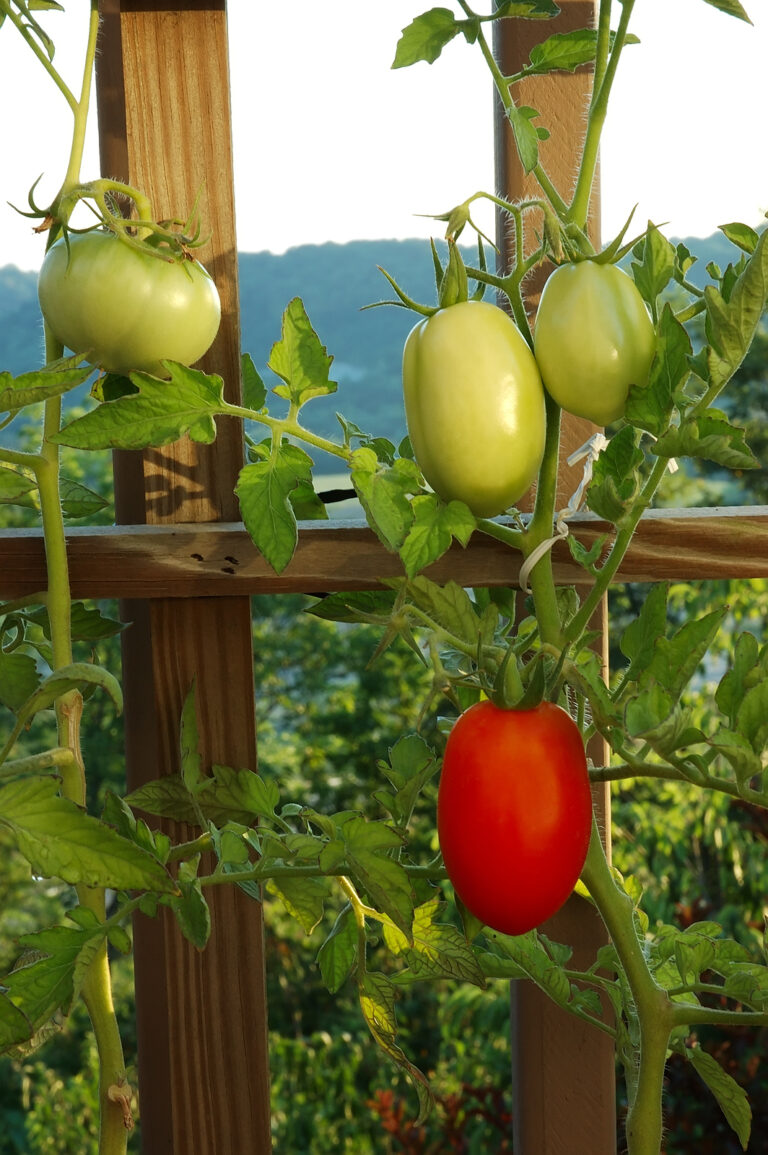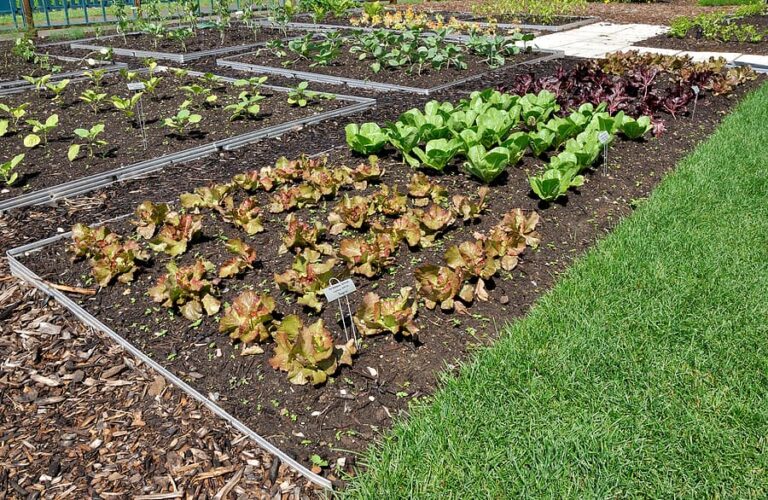Growing Melons on Mounds and Hills: A Proven Method for Stronger Plants and Sweeter Fruit
Melons thrive in warm, loose, and well-drained soil. One of the oldest and most reliable methods for planting melons is to grow them on raised mounds or inverted hills. This technique mimics natural growing conditions and gives melon plants a head start in both spring and summer gardens.
🌱 How to Sow Melon Seeds on Mounds or Hills
- Start with soil preparation.
Choose a sunny, sheltered location. Work compost or aged manure into the soil to improve fertility and drainage. - Form mounds or inverted hills 24 inches across.
- For mounds, pile up soil into low hills 4 to 12 inches high. These allow vines to run down the slope and benefit from warmer, faster-draining soil.
- For inverted hills (best for dry regions), remove 1–2 inches of soil from a 24-inch circle, then use that soil to build a rim around the edge. This shallow basin collects rain or irrigation water where roots need it most.
- Sow melon seeds 1 inch deep.
Plant 4 to 6 seeds per mound. Once the seedlings develop 3 to 4 true leaves, thin to the 2 or 3 strongest plants by cutting the extras at soil level with scissors. This avoids disturbing the roots of remaining seedlings. - Spacing matters.
Space each mound or hill 4 to 6 feet apart to give melon vines plenty of room to spread.
🌞 Why Mounds and Hills Work
- Improved drainage: Raised mounds help prevent waterlogged soil, especially important in heavy clay or during rainy seasons.
- Faster soil warming: Mounds warm up quicker in spring, giving seeds a faster start.
- Water conservation: Inverted hills hold water near the root zone in arid climates.
- Protection: The rim around inverted hills protects young plants from being washed out by heavy rain.
🧑🌾 My Take: Why I Still Use This Method
After 30+ years of growing melons in raised beds and open soil, I still rely on mounds—especially in spring when soil temperatures are marginal. In the heat of summer, I switch to inverted hills to help conserve moisture. This simple adjustment based on seasonal conditions has consistently improved both melon yield and flavor in my garden.
Melons Overview: The Ultimate Guide to Growing Melons: From Planting to Harvest
Watermelons: How to Grow Watermelons from Seed to Harvest: Ultimate Guide for Sweet, Juicy Success
Related Posts:
Planting & Growing Basics
- When to Plant Melons for the Best Harvest
- Best Soil and Location for Growing Melons
- Planting and Spacing Melons Step-by-Step
- Growing Melons on Mounds and Hills: A Proven Method for Stronger Plants and Sweeter Fruit
Care & Maintenance
- Watering and Feeding Melons for Maximum Sweetness
- Caring for Melons Through the Season: A Practical Guide
- Melon Pollination: How It Works and When to Lend a Hand
- Melon Pests and Diseases: Identification and Control
Space-Saving Techniques
- Melons in Small Spaces: Container Growing Made Easy
- Growing Melons Vertically: Save Space and Boost Harvests
- Trellising Cantaloupes: Why and How
Ripeness & Harvesting
- How to Tell When Melons Are Ripe
- How to Know When Cantaloupes Are Ripe: Slip Stage and Other Signs
- The Gardener’s Guide to Harvesting and Storing Melons for Peak Flavor
Melon Types & Varieties
- Summer Melons vs Winter Melons: Know the Difference
- Growing Gaila, Honeydew, and Crenshaw Melons
- Best Cantaloupe Varieties for Home Gardens
Enjoying the Harvest







